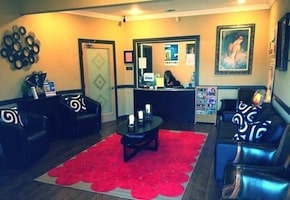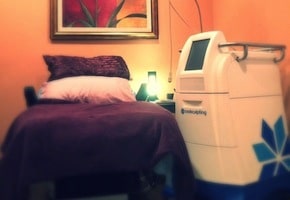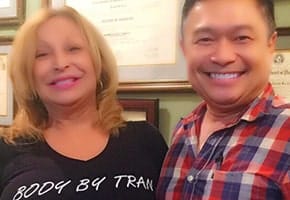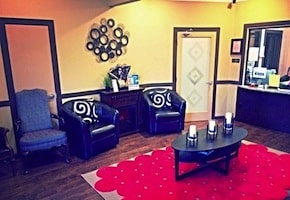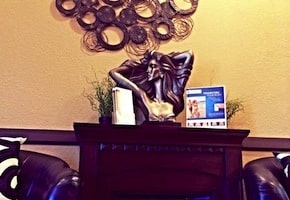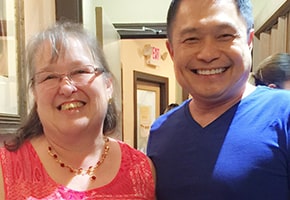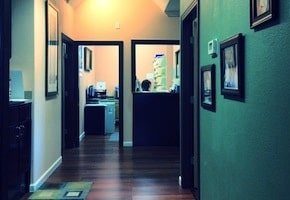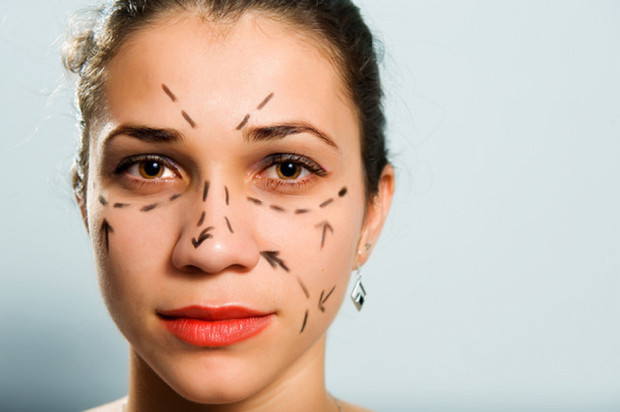A distinguished visual scholar visited the University and lectured on the development of reconstructive plastic surgery during World War I and its impact on public standards and perceptions of beauty in a classroom packed with students, colleagues, and faculty members.
“The Great War was the first and last major conflict in which trench warfare played a defining role,” said Wake Forest University Charlotte C. Weber Professor of Art David M. Lubin.
While the trenches protected men’s bodies, their heads were left exposed.
“A sniper’s bullet could shear off the jaw or tear away the nose of any man who had the misfortune to raise his head at the wrong moment,” Lubin said. “Advances in battlefield medicine and transport services were vital in saving the lives of people who, in previous wars, would have died immediately or within days.”
I have seen survivors without faces, Lubin said, quoting a British WWI nurse.
It was in the aftermath of this war that reconstructive plastic surgery truly began. Military surgeons often did operations in extreme conditions, and they developed this line of surgery as a result of those men without faces, Lubin said.
Eventually, he said, the public started to see cosmetic surgery as acceptable as reconstructive plastic surgery.
“Cosmetic surgery, loftily renamed aesthetic surgery, was a subset of plastic surgery,” Lubin said. “As cosmetic surgery gained credibility, so too did the use of cosmetic makeup.”
Previously, makeup was associated with dishonesty, and women who wore makeup were called “painted women,” Lubin said.
“It was socially wrong for a woman to appear in public with makeup,” Lubin said. “After WWI, it was socially inappropriate for a woman to appear in public without makeup.”
People’s new acceptance of cosmetics was associated with their acceptance of the mask aesthetic, which permeated everyday life. When a woman applies mascara, she’s putting on a mask, Lubin said.
“That’s the Italian word for mask,” Lubin said, referring to mascara.
After WWI, the “mask aesthetic” was relevant to those disfigured men as well. The Red Cross set up a studio in Paris run by Anna Coleman Ladd, an American sculptor. She and her team made masks for disfigured soldiers; they sought to make their creations as lifelike as possible, to accomplish what surgery could not and restore their old faces.
“Previously, when these broken-faced men had gone on supervised forays into the city accompanied by their nurses, onlookers gawked at them and sometimes even fainted,” Lubin said. “The men called this the ‘Medusa effect.’ Supplied now with tin and copper masks, they could, in theory at least, walk down the Parisian boulevard without eliciting stares.”
Ladd thought these masks would help them slip back into society and find happiness.
“I can’t help but wonder if she was overly optimistic about their chances for physical reintegration,” Lubin said.
Throughout the lecture, he mentioned Greta Garbo, an actress who was considered one of the most beautiful women in world. Her face, he said, was seen as unattainable perfection, a lovely mask.
“Garbo’s exceptional beauty, it should be noted, was carefully constructed at the behest of her studio, MGM,” Lubin said. “Her appearance was manufactured; she secretly had numerous cosmetic surgeries. Garbo was brought into line with the existing ideal of beauty. In and of itself, the First World War was not the cause of the modern beauty revolution — that was already underway when it began — but the war accelerated the transformation.”
At the conclusion of the event, Lubin was loudly applauded by his audience members.
“It was really interesting,” English sophomore Kathryn Weems said. “It opened up a lot of new ideas about WWI for me.”
Source : http://thedailycougar.com


